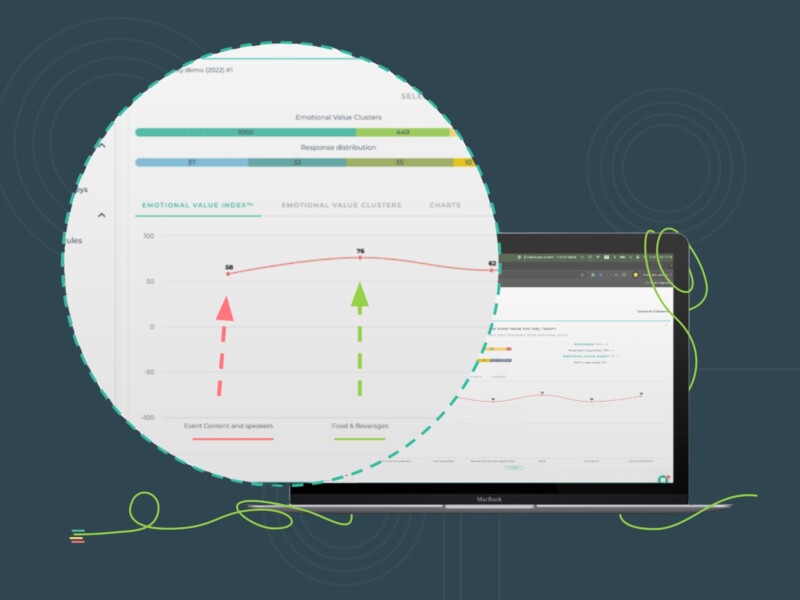There are two things that every business wants: more customers and less red ink on the balance sheet. Unfortunately those 2 things are often hard to come by — you generally have to spend money to make money. Over the past few decades, there has been research at length about the value of optimizing your customer touch points and how important it is to get your customer – facing workers the tools and information they need to provide a better customer experience. That’s the how of customer service. But, what’s the why? Why should you prioritize investing in building a better customer experience?
After all, providing these workers with the tools and information they need to make quality decisions isn’t going to be without cost. You’re looking at improving your technology infrastructure to seamlessly transfer responsibility of tasks and share information. You’re going to need to provide the necessary training to get your workers up-to-date on a new technology system. You’re also likely to need to make modifications to your management plan to ensure that this sort of large-scale implementation is successful.
Although, it doesn’t have to be this hard. With the right tools and guidance, you can improve your customer experience cheaply, quickly, and efficiently. I’ve collected 5 basic tips for you to kickstart this process below:
1. Supplement Your Quantitative Numbers With Qualitative Data
It is very easy for companies to overlook this area of their business because the benefits are often highly qualitative and notoriously difficult to convert into hard numbers. We all know that numbers are a critically important driver to aid you in making business decisions, but they must also be supplemented by gut instinct and common sense. Of course there are ways to quantify your customer experience. Once such method is called Net Promoter Score. That topic deserves a blog post of its own, but it is essentially a method of measuring customer loyalty that was created by customer experience researchers to find a metric that correlates with company growth.
2. Empower Your Employees
Your employees are the lifeblood of your company. Giving them the tools they need to be independant and efficient is a crucial productivity factor in your organization. A recent article by Forbes cited instant feedback one of the best ways to empower your employees. Building a relationship between management and employees allows your employees to then build meaningful relationships with customers. A good way to speed up this process is to pick the right tools for the job. When you choose simple tools that can be used by employees of all levels, you create an environment where employees can break down the technological barriers of communication, and that leads to a better customer experience.
These represent costs — investments in the business. And many companies are understandably loathing expenditure unless they know they’re going to get a tangible benefit out of it. So what’s the value of a good customer experience? What does it mean for a business’ bottom line? Is there a way to quantify, and put a dollar value on customer service?
3. Build A Better Brand Image
It’s clear that customer service and experience is an area of potential growth for many organizations. Between the cost-reduction potential and revenue opportunities that come from providing a better customer experience, this is a huge opportunity that may be right under your nose. Providing a better customer experience is a great way to put a positive public face on your organization. Improved customer service is often cited as a huge contributing factor to brand loyalty, but this is only one facet of the overall customer experience. This, combined with updated business processes and operational shortcomings show your customers that you care enough about them to continuously improve your own offerings to better serve them.
4. Data-Driven Action Trumps All
Anecdotal evidence is NOT a reliable source in which to based business decisions on. It is now 2017, and there are literally thousands of tools available for the sole purpose of measuring, documenting, and organizing data. This data, both qualitative and quantitative should be the main driver of business decisions. Measurement produces visible data which increases accountability based on real and tangible information, not just subjective impressions. Investing in a proper system for measuring your customer experience will ensure the long-term success of your company.
5. Identifying Transferrable Responsibilities
The beauty of implementing a truly company-wide customer experience management system is that it allows you to identify improvements that can be made across departments. You will be able to provide a higher level of organizational consistency in the quality of service company-wide. You will also gain insight into which responsibilities should be shared by 2 or more business units in a company. Promoting inter-departmental cooperation contributes to a more positive company culture which is focused on teamwork, constant improvement, and constant communication. Investing in improving your customer experience will promote this.
So there you have it. Of course, the benefits of investing in a customer experience strategy are nearly endless. It just depends on how you measure success in your organization. The items listed above are easily achievable in the short term and are proven indicators which will ensure the longevity of your company.



